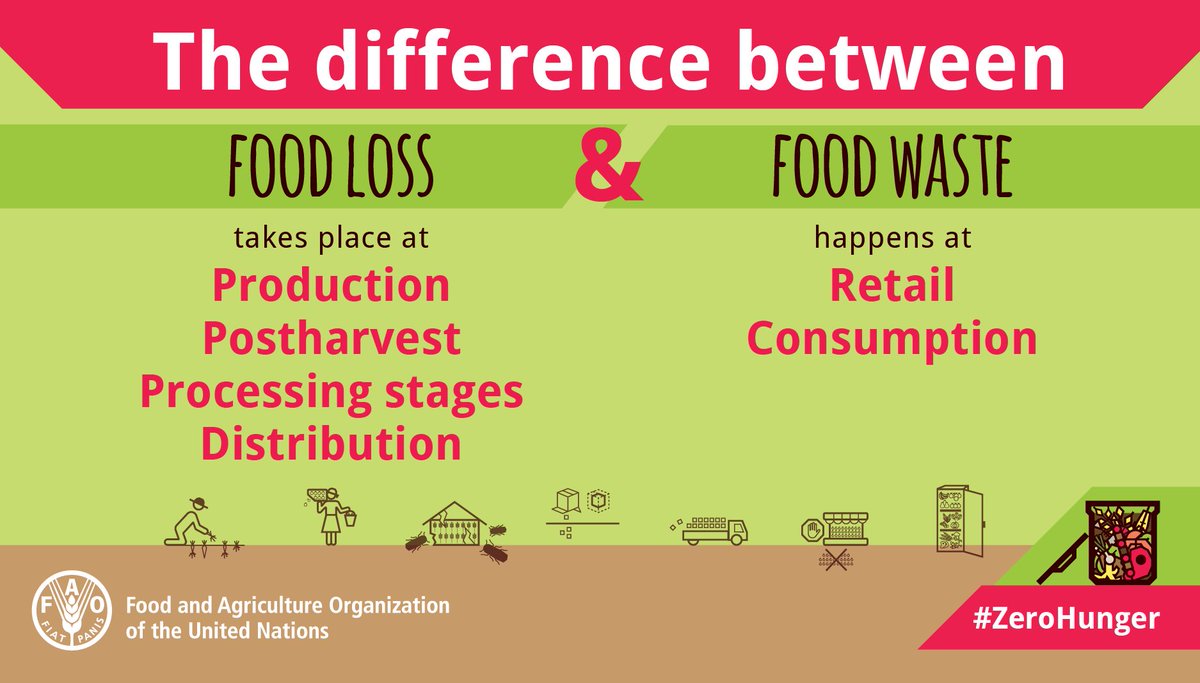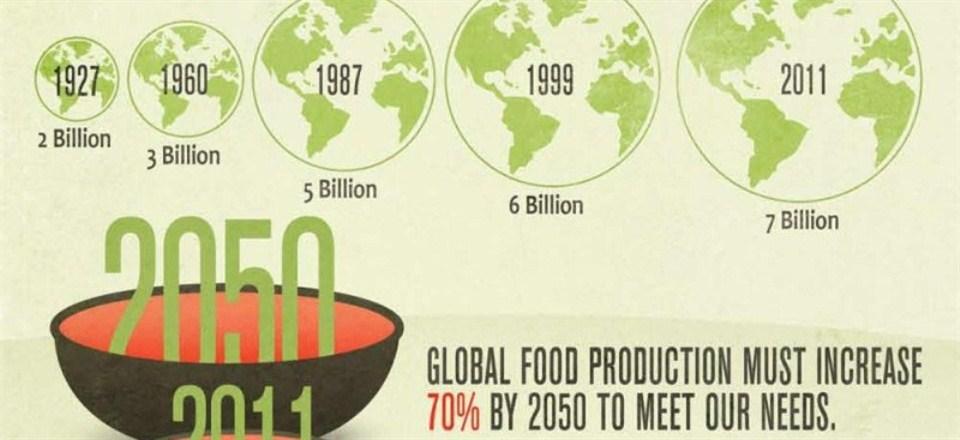
What is food wastage?
Food waste is a very familiar subject since I volunteered at the food bank; I’ve seen a lot of restaurants & customers waste tremendous amounts. The number of donations each day was beyond belief which is problematic. If everyone could donate a little bit to the food bank, it would contribute to the food shortage immensely. Keep in mind here, food wastage is divided into food loss and food waste. Food loss is at the start of the supply chain with production and harvest, then processing. On the other hand, food waste is found during the distribution, retail and consumer consumption. Food wastage at any level leads to environmental issues, natural resource depletion which undermines food security. ScienceDirect defines food waste as follows, “In this paper, the definition of FW reported in the FUSIONS definitional framework is adopted, which states that food waste is any food, and inedible parts of food, removed from the food supply chain to be recovered or disposed.”
Continue reading
